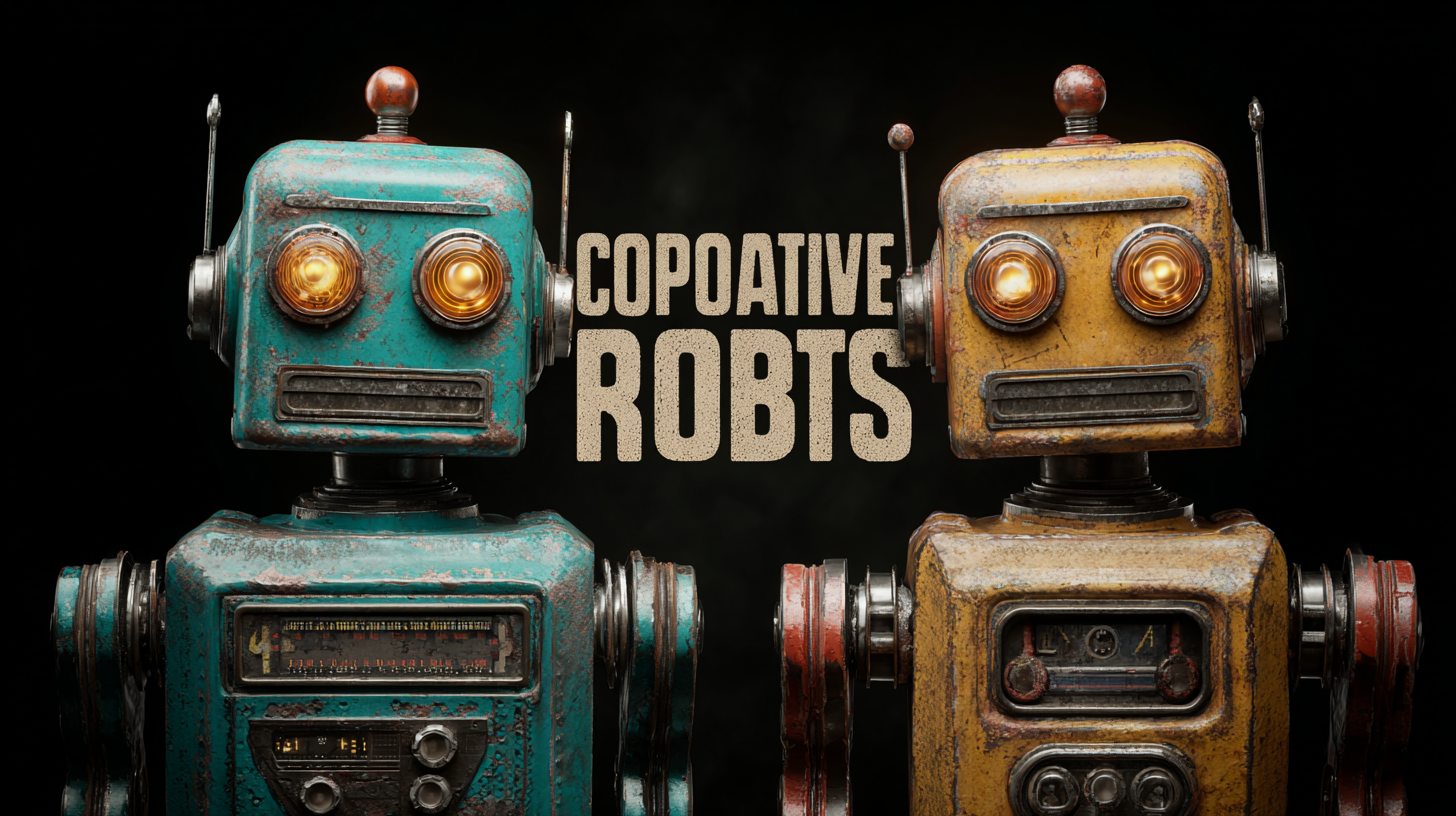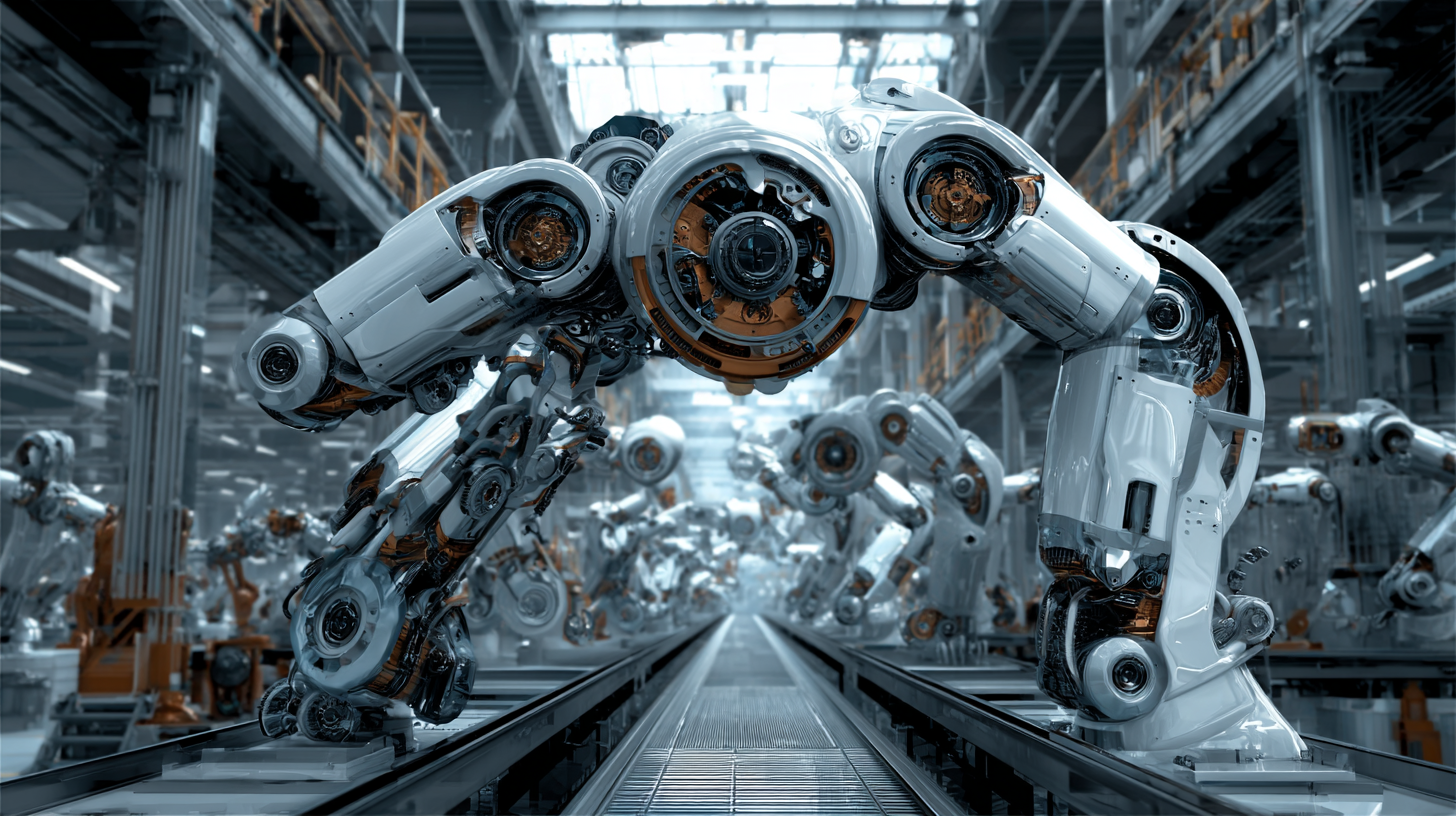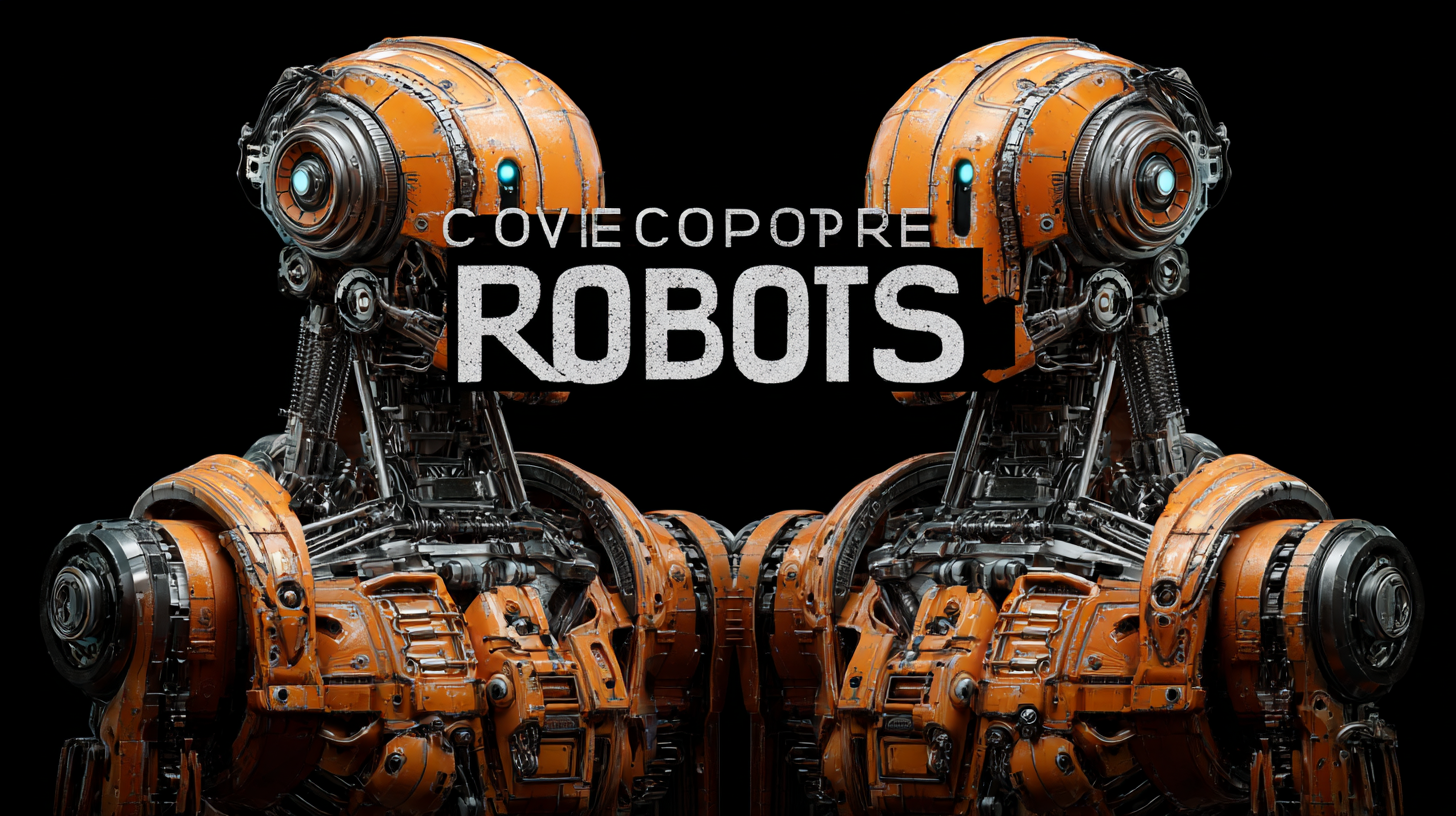Exploring the Best Cooperative Robots Alternatives for Enhanced Manufacturing Efficiency
In today's rapidly evolving manufacturing landscape, the pursuit of enhanced efficiency has led to an increasing interest in cooperative robots, popularly known as cobots. These innovative machines are designed to work alongside human operators, sharing tasks and responsibilities to optimize productivity and streamline processes. However, while many businesses embrace cobots for their adaptability and collaborative capabilities, there are also alternative solutions that can achieve similar, if not superior, results. This guide will explore the best cooperative robots alternatives available in the market, evaluating their unique features, benefits, and applications. By understanding these options, manufacturers can make informed decisions that align with their specific operational needs, ultimately driving efficiency and fostering a more agile production environment.
Benefits of Integrating Cooperative Robots in Manufacturing Processes
Integrating cooperative robots, or cobots, into manufacturing processes offers a myriad of benefits that significantly enhance overall efficiency. One of the primary advantages is their ability to work alongside human operators, taking on repetitive and physically demanding tasks. This collaboration not only reduces the physical strain on workers but also allows them to focus on more complex and value-added activities, thereby improving productivity levels on the shop floor.
Moreover, cobots are designed with advanced sensors and artificial intelligence, enabling them to adapt to their surroundings and interact safely with human coworkers. This adaptability fosters a flexible manufacturing environment where production lines can be quickly reconfigured to meet changing market demands. The integration of cobots also leads to higher precision and consistency in tasks, minimizing errors and increasing the quality of output. By combining human ingenuity with the strength and efficiency of robots, manufacturers can achieve enhanced operational effectiveness and maintain a competitive edge in the ever-evolving industrial landscape.
Impact of Cooperative Robots on Manufacturing Efficiency
This bar chart illustrates the impact of integrating cooperative robots in manufacturing processes, highlighting a significant increase in efficiency from 50 units produced per hour before integration to 85 units after implementation.
Case Studies of Cooperative Robot Applications in Various Industries
 Cooperative robots, or cobots, have become instrumental in enhancing manufacturing efficiency across various industries. A report from the International Federation of Robotics indicates that the global market for collaborative robots is expected to grow from $708 million in 2020 to $12.3 billion by 2025, reflecting an annual growth rate of 52.9%. In the automotive industry, companies like Ford have implemented cobots on assembly lines, enabling them to increase productivity while maintaining safety standards. These robots work alongside human workers, taking on repetitive tasks, which allows employees to focus on more complex activities, thus improving overall operational efficiency.
Cooperative robots, or cobots, have become instrumental in enhancing manufacturing efficiency across various industries. A report from the International Federation of Robotics indicates that the global market for collaborative robots is expected to grow from $708 million in 2020 to $12.3 billion by 2025, reflecting an annual growth rate of 52.9%. In the automotive industry, companies like Ford have implemented cobots on assembly lines, enabling them to increase productivity while maintaining safety standards. These robots work alongside human workers, taking on repetitive tasks, which allows employees to focus on more complex activities, thus improving overall operational efficiency.
In the electronics sector, companies such as Samsung have successfully integrated cooperative robots into their production processes. A case study revealed that Samsung's use of cobots for precision assembly not only enhanced their output by 30% but also reduced error rates significantly, showcasing an impressive improvement in quality control. Additionally, the food industry has seen applications of cobots in packaging and palletizing, as noted in a market analysis by ResearchAndMarkets, predicting that cobots could help reduce labor costs by up to 30% while meeting stringent safety regulations. These examples highlight the versatility and effectiveness of cooperative robots in increasing productivity across diverse manufacturing environments.
Comparative Analysis of Leading Cooperative Robot Technologies
In the evolving landscape of manufacturing, cooperative robots—often referred to as cobots—have emerged as pivotal players in enhancing operational efficiency. A recent report by MarketsandMarkets indicates that the global cobot market is projected to reach $12.3 billion by 2025, growing at a CAGR of 36.8% from 2020. This surge highlights not only the increasing adoption of cobots but also the diverse technologies driving this transformation. Companies like Universal Robots and KUKA are at the forefront, offering collaborative solutions that blend ease of integration with advanced safety features.

When comparing leading cooperative robot technologies, several factors come into play, including payload capacity, reach, and ease of programming. For instance, UR's UR10e boasts a payload capacity of up to 10 kg and an operational radius of 1300 mm, making it highly versatile for various applications. On the other hand, the KUKA LBR iiwa emphasizes sensitive handling and intricate task execution with its seven degrees of freedom, allowing it to work alongside human operators seamlessly. This comparative analysis not only showcases the strengths of each technology but also emphasizes the critical considerations manufacturers must evaluate to optimize their automation strategies effectively.
Challenges and Solutions in Implementing Cooperative Robots
In the rapidly evolving landscape of manufacturing, the implementation of cooperative robots (cobots) presents both significant opportunities and notable challenges. One of the primary challenges is the integration of cobots into existing workflows. This requires a thoughtful evaluation of current processes and a willingness to adapt. In many cases, the existing workforce may be apprehensive about working alongside robots, fearing job displacement or changes in job roles. It is essential for manufacturers to engage employees early in the process and provide assurances about the complementary nature of cobots.
Tip: Foster a culture of collaboration by involving staff in training sessions about cobots. This enhances their understanding and builds trust, ultimately easing the transition.
Another challenge is the technical complexity associated with programming and maintaining these robots. Unlike traditional industrial robots, cobots need to be extremely flexible and safe to work alongside humans, mandating specific safety protocols and sophisticated control systems. Companies should invest in training programs for their technical staff to ensure that they are well-equipped to handle these systems.
Tip: Regular maintenance and updates are crucial. Establish a routine check-up schedule and encourage teams to participate in ongoing training to keep up with the latest technologies and best practices in cobot efficiency.
Future Trends in Manufacturing: The Role of Alternate Robotics Solutions
The manufacturing landscape is undergoing a significant transformation, driven by advancements in robotics technology. As industries seek to enhance efficiency, the exploration of alternative robotic solutions becomes crucial. Traditional collaborative robots, or cobots, have paved the way for innovative applications, but there remains a wealth of potential in different types of robotic systems that can seamlessly integrate into existing workflows. From autonomous mobile robots (AMRs) to specialized robotic arms, these alternatives offer unique capabilities that can optimize manufacturing processes.
Future trends indicate a shift towards more adaptive and intelligent robotic systems that can learn and evolve with their environments. Machine learning and artificial intelligence play vital roles in enabling robots to perform complex tasks with precision and flexibility. This evolution not only enhances productivity but also reduces downtime and operational costs. As manufacturers embrace these alternate robotics solutions, we can expect to see a more dynamic ecosystem where robots collaborate not only with human workers but also with each other, leading to unprecedented levels of efficiency and innovation in the manufacturing sector.



 Cooperative robots, or cobots, have become instrumental in enhancing manufacturing efficiency across various industries. A report from the International Federation of Robotics indicates that the global market for collaborative robots is expected to grow from $708 million in 2020 to $12.3 billion by 2025, reflecting an annual growth rate of 52.9%. In the automotive industry, companies like Ford have implemented cobots on assembly lines, enabling them to increase productivity while maintaining safety standards. These robots work alongside human workers, taking on repetitive tasks, which allows employees to focus on more complex activities, thus improving overall operational efficiency.
Cooperative robots, or cobots, have become instrumental in enhancing manufacturing efficiency across various industries. A report from the International Federation of Robotics indicates that the global market for collaborative robots is expected to grow from $708 million in 2020 to $12.3 billion by 2025, reflecting an annual growth rate of 52.9%. In the automotive industry, companies like Ford have implemented cobots on assembly lines, enabling them to increase productivity while maintaining safety standards. These robots work alongside human workers, taking on repetitive tasks, which allows employees to focus on more complex activities, thus improving overall operational efficiency.
